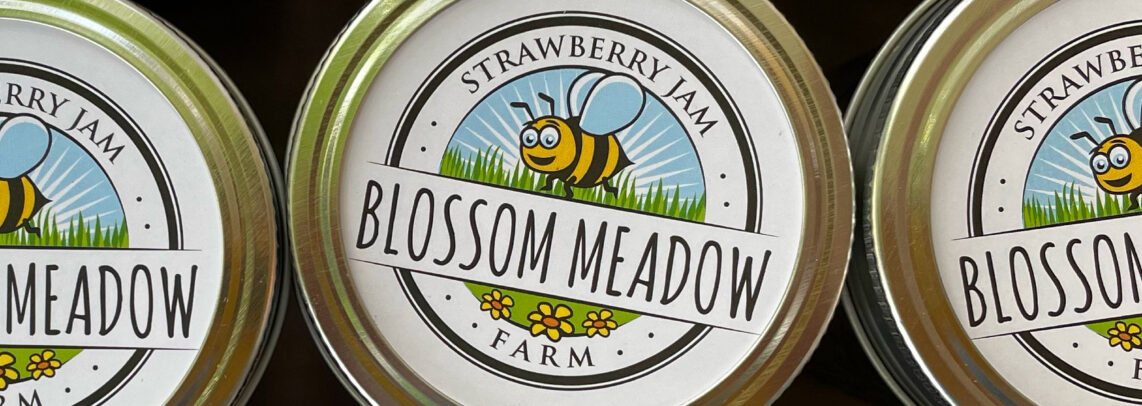Bats are crucial to the quality of life on the North Fork as they can consume up to their body weight in insects each night! New York is home to nine different species of bats and all need a dark sky to thrive. Artificial lights can delay or prevent emergence from their roosts, cause bats to abandon their roosts, impact their feeding behavior, and affect commuting and foraging routes. Once abundant on Long Island, the northern long-eared bat (Myotis septentrionalis) is now a Federally-listed endangered species; habitat loss is one of the factors that threatens its survival.
Rules and regulations have been promulgated for a darker sky, in part to protect bat habitat. As outlined in the FHA Programmatic Biological Opinion (2018), Federal Agencies have agreed that certain lighting parameters are beneficial for bats. New lighting should not markedly increase illumination above ambient conditions and should be downward-facing. As per the biological opinion, “When installing new or replacing existing permanent lights, use downward-facing, full cut-off lens lights (with same intensity or less for replacement lighting); or for those transportation agencies using the BUG system developed by the Illuminating Engineering Society, the goal is to be as close to 0 for all three ratings with a priority of “uplight” of 0 and “backlight” as low as practicable.” As per Southold Town Resolution 2010-586, the purpose for adopting the revisions to Chapter 172 Exterior Lighting of the Southold Town Code included to “protect the health and habitat of flora and fauna”, which includes bats. As per Southold Town Code, all exterior lighting fixtures installed after July 2010 must be fully shielded (zero uplight) fixtures with light bulbs rated no greater than 3000 Kelvin (soft white glow), preferably rated at 2700 Kelvin (warm white). Also as per Southold Town Code, the uplighting of trees, building walls, fences, and foliage is illegal. The North Fork Dark Sky Coalition recommends additional guidelines for exterior lighting plans.

